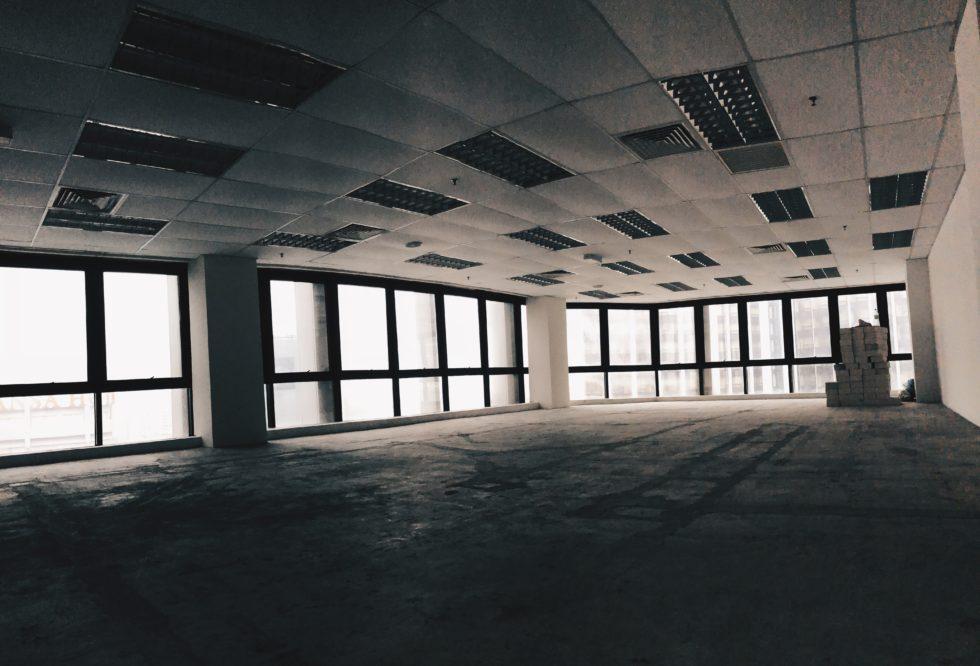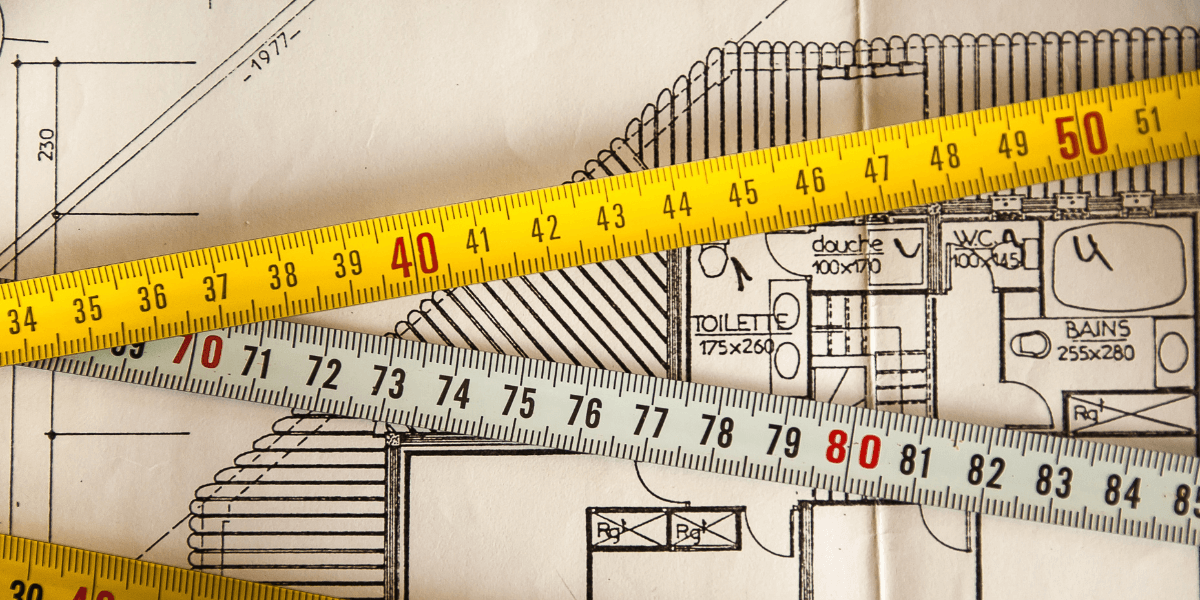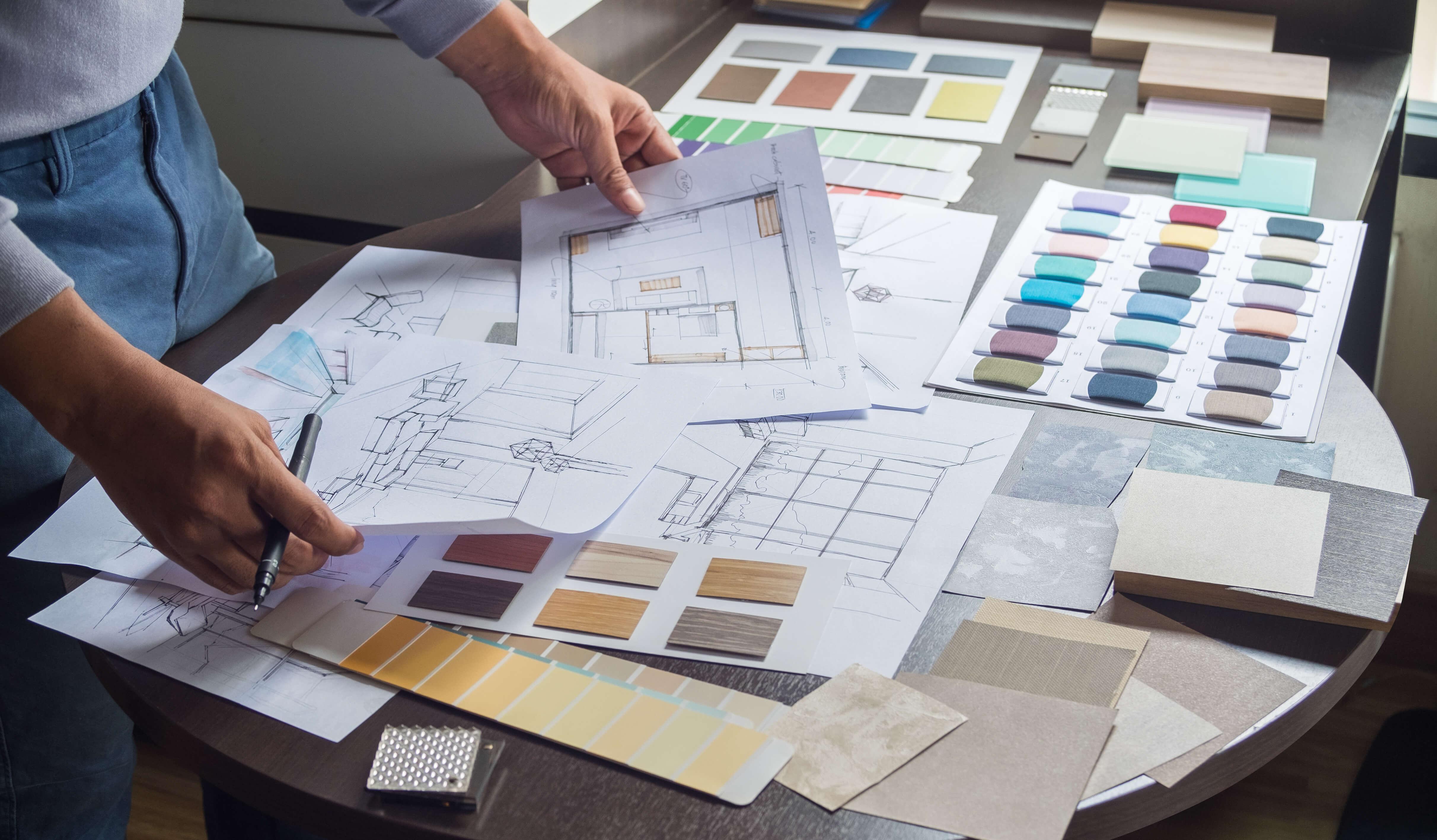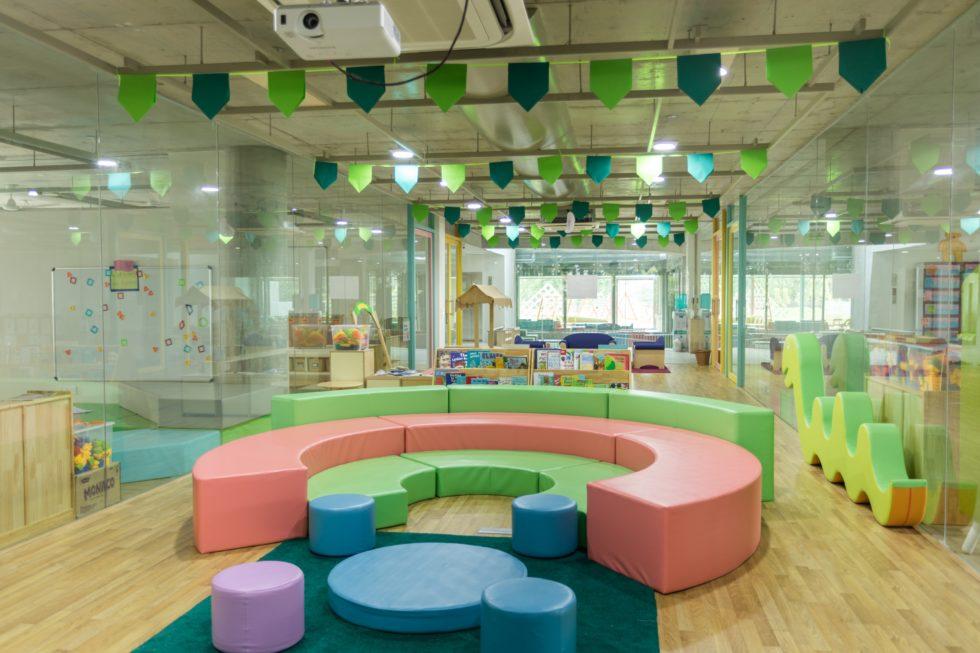
Things To Consider When Planning A Building Rennovation
by Sam Frost | Nov 27, 2019
The renovation of a building is often a significant financial investment. Being well-informed and aware of the challenges that lie ahead with a large-scale project can help to minimise potential obstacles and disappointment.
The following is a guide that advises you of areas that must be taken into consideration as you plan a building renovation of any size. Following this set of guidelines should provide an improved final result – one that both you and your client will be proud of.
Consideration 1: Assessing the core reason for the building renovation.
Before embarking on a building renovation journey, it is vital that you understand the core reason for undertaking the planned work. This is an essential step since it helps you to prioritise what you have to spend and focuses your attention on what matters the most to you.
For example, if you have a 30-year-old building that has a long-standing tenant, and it is in a good location, it may have out-of-date aluminium joinery that has failed, thus allowing water to leak into the building. In this instance, you would focus your renovation budget on upgrading the façade and windows, rather than recladding the roof, redoing the landscaping, or replacing the HVAC.
In any building renovation project, it is easy to get carried away with a wish list of bright-and-shiny items, thus losing sight of the core reason for the project. Losing focus may cause undue stress when the wish list causes the original budget for the project to be exceeded. If the scope of the project is clear from the beginning and the core reason for the project is adhered to, undue financial pressure can be lessened or eliminated.
Key take away: Thoroughly brainstorm the core reason for your building renovation ahead of time. Then ensure that each follow-on decision is made according to the pre-established core reason.
Consideration 2: Understanding the implications of altering or modifying specified systems.
Let’s begin by establishing what a specified system is. A specified system is a building component or system that is specified and required to meet the New Zealand building code. Any alteration or modification to a specified system will generally require a building consent.
Example: If you modify a building’s internal layout, and that results in the existing fire alarm and sprinklers becoming non-compliant with the current standards of building codes, you will need a building consent to modify the fire protection systems, thus ensuring that they are compliant with the New Zealand Building Code.
Now that you understand what a specified system is, it is critical also to understand that alterations or modifications to specified systems can have significant cost implications relating to the planned building renovation costs that were initially laid out.
For example, a 50-years-old building may have single-glazing and lightweight cement-based cladding, and you plan to modernise the building and update the façade, glazing, and cladding. By doing so, you may trigger the requirements under the New Zealand building code to meet the current building code legislation for external moisture, structural changes, seismic bracing, insulation, and noise prevention. The result could be that what you considered to be a simple re-clad could end up as an expensive project requiring upgrades on bracing, insulation, flashings, and the need to obtain new permits so that the building meets current codes.
Key take away: Before diving into flashy concept design, it’s worthwhile engaging a licensed building consultant or building compliance specialist to discuss your proposals. They can then explain the implications, potential costs, and areas of concern.
Consideration 3: Understanding how long a building refurbishment takes.
The actual time that it takes to plan out, design properly, and complete a building refurbishment project is often overlooked. Below, we’ll examine the necessary steps and provide a typical timeline for a building refurbishment project.
Concept Development – This part of the process is often the slowest, but it is critical in getting the rest of the project done correctly. Depending on the complexity of the project and how detailed the design brief is, the concept development phase can typically take up to three months. This time period allows the developer to understand the client’s core reason, research the potential concept options or storyboard ideas, produce two or three conceptual designs, and develop the final concept designs. This is all done before moving to the working drawing stage.
Working Drawings – At this stage, the detailed designs are completed, and the involvement of engineers is required to produce project-specific designs and all necessary documentation for essential areas such as fire, structural, and ventilation planning. Depending on the complexity of the design, this process can take between two to four months.
Consent – Obtaining consent is the biggest unknown factor. It is often the primary cause for delay in a project. It is a well-known fact that councils have 20 days to process a building consent application. However, the mostly unknown fact is that as soon as the council sends out an RFI or request for information document, the clock stops on the application process and the 20-day rule limit is extended. It would be wise to allow two full months for a consent application to be processed
Construction – This varies widely from project to project and will largely depend on the scale and complexity of the individual project.
However, we can give some well-informed construction times based on the project cost.
- $10,000 to $20,000 — from 3 days to 2 weeks
- $20,000 to $40,000 – from 3 to 5 weeks
- $40,000 to $60,000 – from 5 to 8 weeks
- $60,000 to $90,000 – from 8 to 12 weeks
- $90,000 to $150,000 – from 3 to 4 months
Key take away – Be prepared ahead of time by understanding how long things take to reach completion. It can be stressful to have expectations of the completion time for a project, only to discover that it will take a full month longer to reach the end date. Knowing that, it’s better to begin planning as early as possible, and always allow for unexpected contingencies.

Best Shelving Design and Layout for Large Retail Stores
by zhoosh_admin | Sep 5, 2022

Trying to Reduce Retail Fit-Out Costs in NZ? Here’s How to Do It
by zhoosh_admin | Nov 23, 2022

Cost-Effective End of Lease Office Make Good & Strip out Options
by zhoosh_admin | Apr 19, 2020

Safety and Comfort: Design Strategies for a Patient-Centered Healthcare Spaces
by zhoosh_admin | April 13, 2023

Retail Store Design Changes We’re Seeing Overseas
by zhoosh_admin | Oct 25, 2022

How Does the Design and Build Process Work?
by zhoosh_admin | May 31, 2023

6 Important Elements in Retail Store Design
by zhoosh_admin | May 23, 2022

Integrating Your Brand into Your Commercial and Retail Environments
by zhoosh_admin | February 22, 2023

Where Innovation Meets Functionality in Commercial Design
by zhoosh_admin | August 22, 2023

The Evolution of the Retail Store: eCommerce Is Changing Brick-and-Mortar Stores
by zhoosh_admin | Sep 30, 2022

What Do Customers Want In a Retail Store?
by zhoosh_admin | Jul 20, 2022

Signs It’s Time to Refurbish Your Commercial Space
by zhoosh_admin | Dec 20, 2021

Best Commercial Fit-out Tips to Boost Retail Sales
by zhoosh_admin | Mar 22, 2022

The Post-COVID-19 Office Interior
by zhoosh_admin | Oct 27, 2021

The Future of Retail Design: Innovative Trends for 2023
by zhoosh_admin | May 31, 2023

Designing for the Hybrid Workforce & Adapting Office Spaces
by zhoosh_admin | June 30, 2023

Your Guide to Commercial Interior Design in NZ
by zhoosh_admin | Jun 20, 2022

Crafting Custom Healthcare Interiors with Expert Fitouts
by zhoosh_admin | August 22, 2023

How much does it cost to refurbish an aged care interior?
by zhoosh_admin | Apr 13, 2020

Innovative Office Design to Promote Productivity
by zhoosh_admin | Nov 22, 2021

Office Acoustics: Design Strategies for Noise Reduction and Productivity
by zhoosh_admin | June 30, 2023

What to look for when looking for construction companies in Hamilton.
by zhoosh_admin | May 6, 2020

Auckland Construction Company
by zhoosh_admin | May 6, 2020

Maximising Space: Tips for Small Retail Store Layouts
by zhoosh_admin | March 24, 2023

What is ‘Store Within a Store’ Retail Design?
by zhoosh_admin | September 1, 2023

Transforming Your Office Space: How to Integrate Sustainability into Your Interior Design
by zhoosh_admin | January 22, 2023

Is design – build office refurbishments a good idea?
by zhoosh_admin | Jul 3, 2020

Cyclone Gabrielle: Essential Steps for Businesses in the Aftermath
by zhoosh_admin | February 27, 2023

Corporate Interior Trends of 2022
by zhoosh_admin | Jan 31, 2022

Office Refurbishment & Fit-out Costs.
by zhoosh_admin | Nov 14, 2019

Cost-effective interior construction
by zhoosh_admin | Sep 21, 2020

Large Format Retail Store Design Ideas to Impress Your Customers and Clients
by zhoosh_admin | May 23, 2022

6 steps to an innovative learning environment at your school
by zhoosh_admin | Apr 30, 2020

6 Common Store Layout Mistakes Made by Retailers
by zhoosh_admin | December 22, 2022
Auckland
660-670 Great South Road
Ellerslie
Auckland 1051
0800 753 583
09 553 4552
hello@zooshstudio.co.nz
Christchurch
Unit 8, 19 William Lewis Drive
Harewood
Christchurch 8051
0800 753 583
03 244 0365
hello@zooshstudio.co.nz